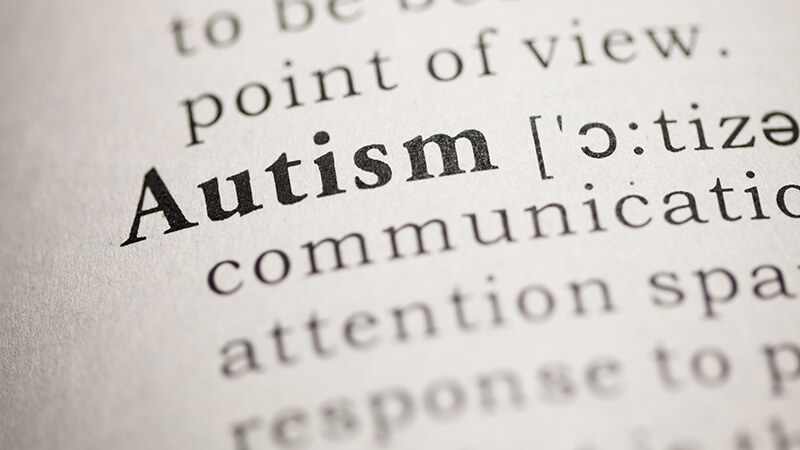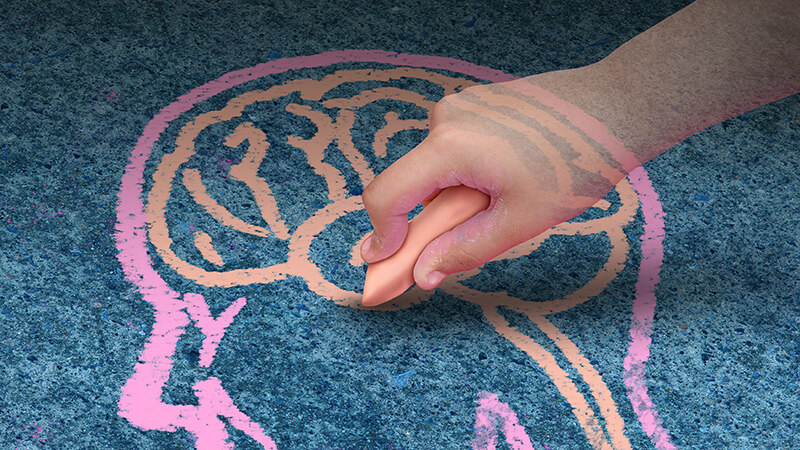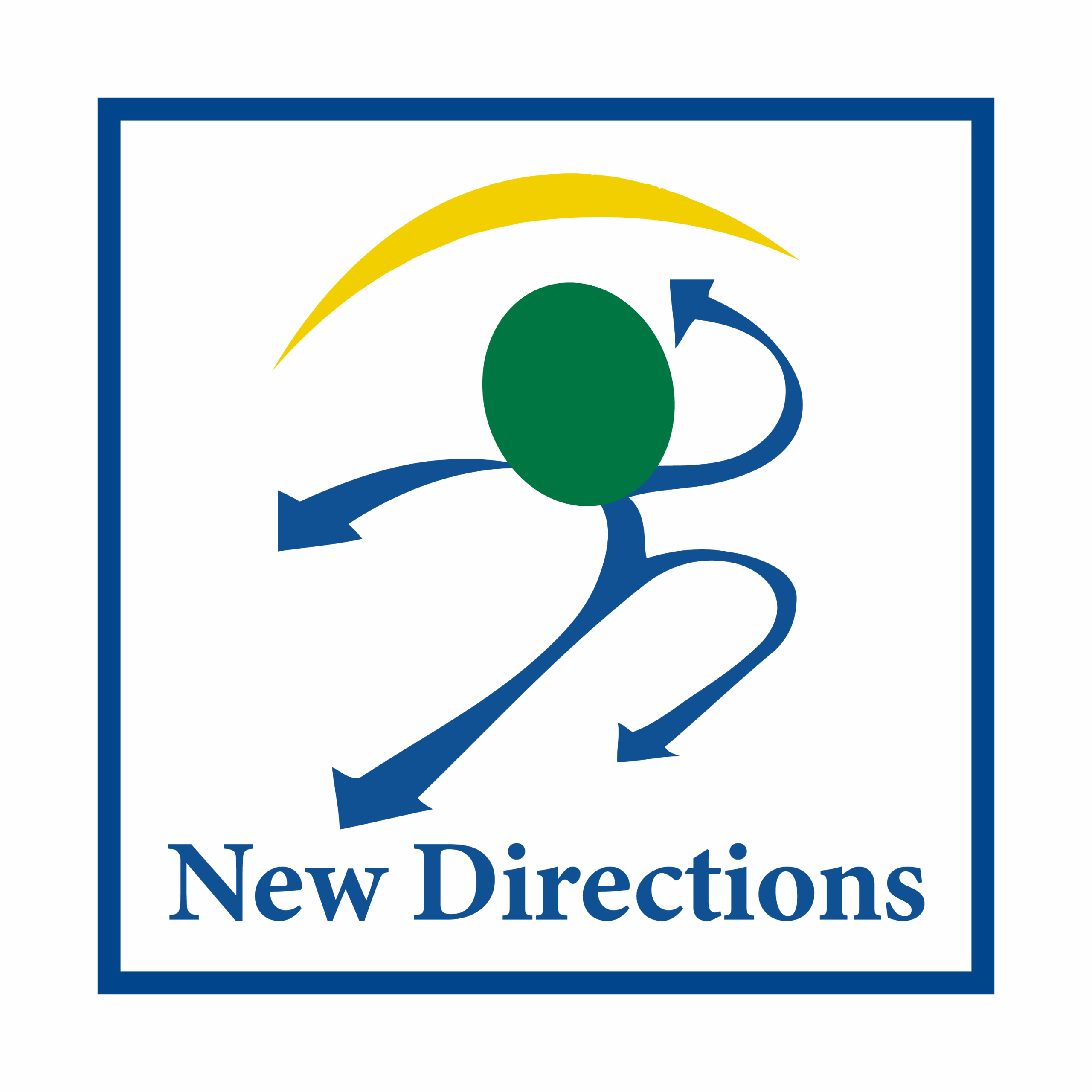Did you know young adults with autism spectrum disorder (ASD) often struggle with daily life skills? They find it hard to manage their lives as they grow from teens to young adults. Parents and teachers can help by offering support and ways to learn.
It can be hard to know how to help. But, with the right support and education, we can make a big difference. Early help, teaching them to speak up for themselves, and basic life skills are key. These can really help young adults with ASD.
Key Takeaways
- Young adults with autism spectrum disorder (ASD) often struggle with executive functioning skills.
- Autism spectrum disorder learning difficulties can impact daily living and independence.
- Parents and teachers play a vital role in providing ASD education support.
- Specialized education for ASD students can significantly enhance their learning experience.
- Early intervention and structured environments are crucial for young adults with ASD.
Understanding Autism Spectrum Disorder in Young Adults

Autism spectrum disorder in young adults shows up in different ways. It affects how they talk, interact with others, and think. It’s important to know these traits to help and teach them well. Parents, teachers, and caregivers are key in spotting these issues early.
What is Autism Spectrum Disorder?
Autism Spectrum Disorder (ASD) is a condition that makes social interaction, communication, and thinking hard. It’s hard to spot in adults because symptoms vary a lot. People with ASD might hide their signs by using other behaviors.
Spotting ASD early is key. The American Academy of Pediatrics suggests screenings early on. Teachers and caregivers often see signs in kids and teens. But finding it in adults is tough. Researchers are working hard to find the best help for those with ASD.
Common Characteristics of Young Adults with ASD
Young adults with ASD have special traits that need special attention in school. They might not get social cues, like to stick to routines, and learn in their own way. Using the right strategies can really help them do better in school.
- Social Interaction: Trouble understanding and following social rules.
- Communication: Struggling to share thoughts out loud or through other ways.
- Repetitive Behaviors: Doing the same actions over and over or being very interested in certain things.
- Sensory Sensitivities: Being too sensitive or not sensitive enough to things like light, sound, and touch.
Special resources are key for those with autism to meet their needs. These resources help use their strengths and work on their challenges. Men are more likely to get diagnosed with ASD than women. Women might show less obvious signs, making it harder to spot.
| Characteristic | Impact | Support Strategies |
|---|---|---|
| Social Interaction | Difficulty with social cues, isolation | Use of social stories, peer mentoring |
| Communication | Struggles with verbal/non-verbal skills | Speech therapy, visual aids |
| Repetitive Behaviors | Restricted interests, repetitive actions | Behavioral intervention, structured activities |
| Sensory Sensitivities | Over-/under-response to stimuli | Sensory accommodations, quiet spaces |
Knowing these traits and using the right support is key. It helps improve how well people with autism do in school. It also makes sure they get a supportive and full education.
Identifying Learning Challenges in Young Adults with ASD
Young adults with Autism Spectrum Disorder (ASD) face unique learning challenges. It’s key to spot these issues and offer the right support.
Recognizing Autism Spectrum Disorder Learning Difficulties
Young adults with ASD often struggle with executive skills like planning and starting tasks. This makes daily tasks hard to manage on their own. They might also find social interactions tough, missing nonverbal cues and having trouble in conversations.
Feeling overwhelmed with anxiety and sadness is another big challenge for them.
Signs of Learning Challenges in Young Adults
- Difficulty understanding and following directions
- Problems with reading comprehension and math skills
- Struggles with time management and completing tasks
- Challenges in social interactions and interpreting nonverbal cues
- Heightened anxiety or emotional outbursts in educational settings
Spotting these signs is the first step to help young adults with ASD. Early action can make a big difference for them.
| Key Statistics | Details |
|---|---|
| Children with ASD and ADHD | 30-50% exhibit symptoms of both |
| Individuals with ASD and Learning Disabilities (LD) | 1 in 3 autistic individuals have an LD |
| ASD and mental health issues | Higher rates of anxiety, depression, and loneliness |
| Early Intervention | Widely recommended for both ASD and learning disorders |
Importance of Early Intervention and Support
Early help for young adults with Autism Spectrum Disorder (ASD) greatly improves their future. Early support is key in boosting social skills, communication, and learning.
Benefits of Early Intervention
Studies show early help for ASD kids is vital for long-term benefits. Kids with ASD can be diagnosed early, sometimes before they turn 2. Early programs start in preschool and include:
- Family training
- Speech therapy
- Hearing impairment services
- Physical therapy
- Nutrition services
Guidelines suggest starting early help when ASD is found or suspected. Early help can boost a child’s IQ by 17 points. Kids who get early help do better in talking, making friends, and controlling their behavior.
Types of Support Available
Support for ASD kids includes many things. These include:
- Therapists’ assistance
- Special education programs
- Customized learning tools
It’s key to tailor support to each child’s needs. Good ways to teach ASD students include ABA therapy. This breaks skills into steps and rewards good behavior.
| Support Type | Description | Outcome |
|---|---|---|
| Family Training | Helps families support their children better | Better social and behavior skills |
| Speech Therapy | Helps with communication issues | Better talking skills and interactions |
| ABA Therapy | Uses rewards for positive behavior | Less symptoms and better behavior |
Using these best practices, parents and teachers can help ASD young adults do well. They can reach their full potential in a supportive setting.
Supporting Social Interactions and Communication
Young adults with autism spectrum disorder face big challenges in social interactions and communication. About 1 in every 54 children in the U.S. has ASD. It’s key to find good ways to help them connect and communicate better.
Encouraging Peer Interaction
Students with autism often find it hard to start and keep social connections. They might feel too stressed by social situations. To help, structured social times can be really useful.

Teachers and parents can make a safe space for socializing by setting clear rules before hand. Helping students interact with each other can be done through:
- Group projects that need teamwork and clear roles.
- Games made to improve teamwork and talking skills.
- Activities outside class that match what students like, using their strengths like remembering things well, loving music, or seeing things differently.
Building Communication Skills
Good communication skills are key for people with autism. Using pictures, stories, and cartoons can help explain social rules. This makes it easier for students to get what’s going on in social situations.
Role-playing and social stories give students chances to practice these skills. Getting help from speech and occupational therapists is very helpful.
These strategies focus on improving communication and teaching empathy and sharing. Doing activities that build empathy helps students understand social signs better. This leads to more real connections with others.
Promoting Independence Through Daily Living Skills
Helping people with Autism Spectrum Disorder (ASD) become more independent is key to their growth and confidence. Learning daily living skills is a big part of this. Special education for ASD students teaches important skills like personal hygiene, doing chores, and managing time.
Teaching Foundational Life Skills
Teaching basic life skills is key to helping ASD students learn and grow. These skills include taking care of oneself, cooking, handling money, shopping, organizing one’s space, and getting around. Tools like schedules and checklists help make learning these skills easier and more predictable.
- Self-care activities
- Cooking
- Money management
- Shopping
- Room organization
- Transportation
Developing Routines and Consistency
Creating and sticking to routines is crucial for ASD students. Routines bring stability and comfort, which is good for people with ASD. Having a schedule helps them know what to expect each day, which lowers stress and helps them do things on their own.
The Community-Based Skills Assessment (CSA) is important for checking how well students can do things. It starts when they are 12 and goes on into adulthood. Life skills are very important for ASD individuals. They help them be more independent and happy.
With good teaching and routines, young adults with ASD can get better at daily tasks. This sets them up for a life of independence.
Collaborating with Professionals for Comprehensive Support
Working together, parents, teachers, and experts are key to helping students with ASD. Experts like occupational, speech, and behavioral therapists offer special skills. They help tackle the challenges of Autism Spectrum Disorder (ASD).
The Role of Therapists and Specialists
Specialists are vital in supporting those with ASD. Experts like Board Certified Behavior Analysts (BCBAs), speech-language pathologists (SLPs), occupational therapists, and clinical psychologists bring unique skills. Together, they create a full support system for ASD education.
For instance:
- SLPs work on improving how students communicate, from speaking clearly to using language in social situations.
- OTs focus on improving fine motor skills and sensory integration to help with everyday tasks.
- Behavioral therapists use proven methods to lessen difficult behaviors and boost positive ones.
A successful approach combines different views to make a single plan for each student’s needs.
Working with Schools and Community Resources
Schools and local resources are key in supporting students with ASD. They offer structured learning environments and access to vital services. Let’s look at some important resources:
| Resource | Type of Support |
|---|---|
| Achieving a Better Life Experience (ABLE) Act | Creates savings accounts with tax benefits for people with disabilities. |
| Social Security Disability Insurance (SSDI) | Offers money help based on a parent’s past work earnings. |
Linking school goals with health services is crucial. Students with ASD often have other health issues like stomach problems and mental health concerns. A strong plan that includes working together and sharing knowledge helps young adults with ASD as they grow up.
Keeping open communication between home and school helps. Using community resources also makes family life better and helps students with ASD more.
Conclusion
Young adults with Autism Spectrum Disorder (ASD) face both challenges and chances. It’s key for parents, teachers, and experts to understand autism to help them do well in school. With the right support and strategies, they can reach their goals.
Early help and steady support are key for autistic students. Knowing how they learn and handle sensory stuff helps make better teaching plans. Using things like pictures, clear plans, and touching and seeing things helps them learn more.
Helping them talk and make friends is also important. A team of teachers, families, and therapists can offer a strong support system. This helps with school and life outside of school too.
Teachers, parents, and experts must keep learning and changing. Together, we can give young people with ASD the tools they need. This way, they can do well in school and beyond.





